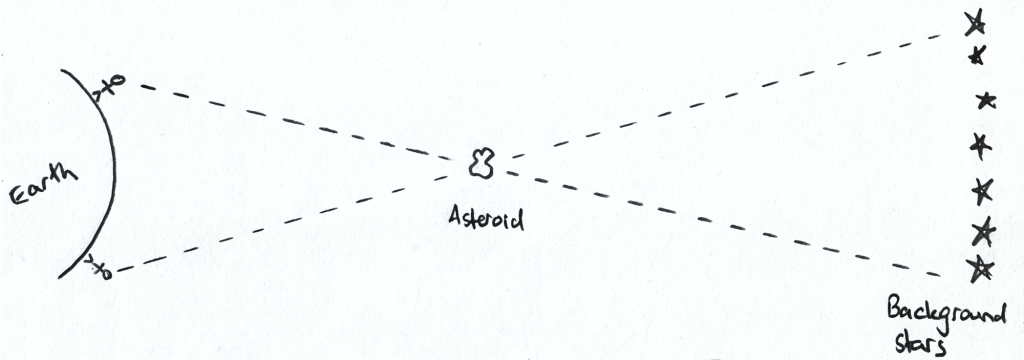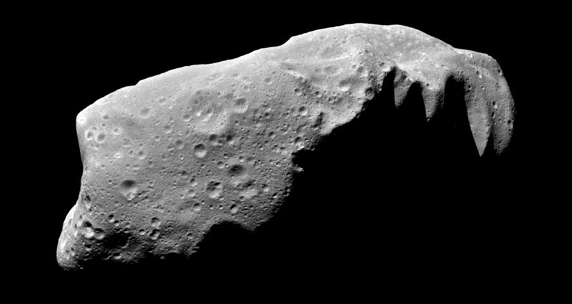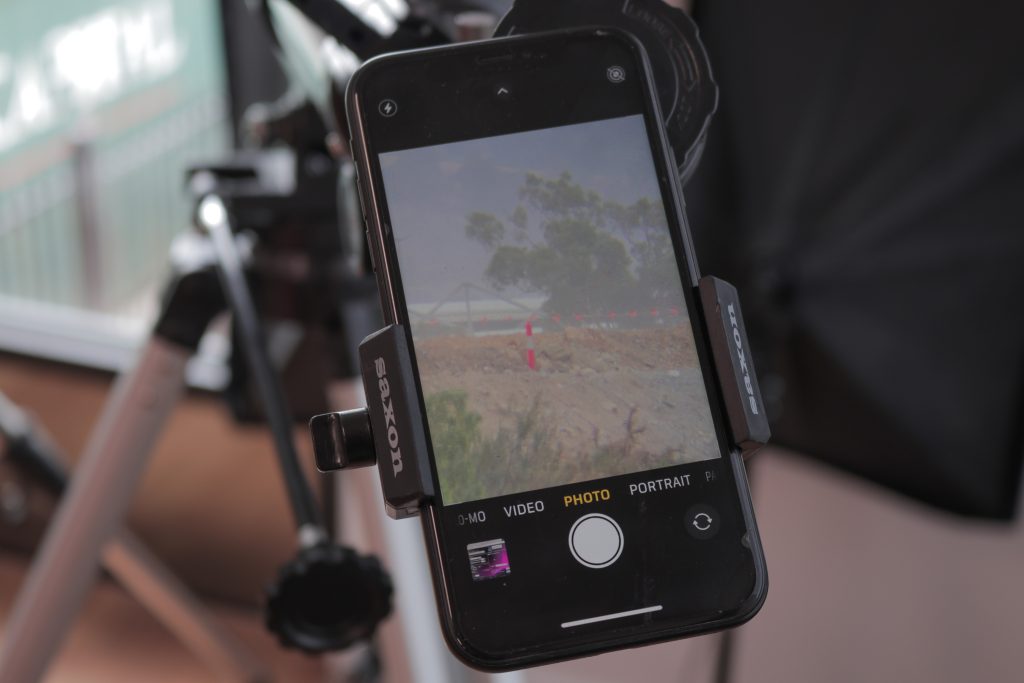There’s an asteroid coming!
(Spoiler alert: there’s always asteroids comets and minor planets coming)
A while back I heard a somewhat breathless report of an inbound asteroid, one with the fantastic name of 2023 DW. It was especially breathless because we hadn’t (at that stage) quite ruled out the possibility of a collision in February 2046. In any case, it wasn’t big enough to be an existential threat.
My first reaction to this sort of thing is great! Let’s go out and have a look. We might even get a photo. Of course, the problem then becomes: where to find it? A lot of comets are – just – able to be seen with naked eye, meaning you can find them pretty easily with a pair of binoculars. But what do you do for dimmer things like asteroids that zoom past? For distant objects with well-known orbits, you’ll normally find a diagram or sky chart somewhere that shows you what constellation to look in, and you’ll see the track of the object moving between the stars.
Want to have a look? Good luck with that!
The other day I was out after an asteroid named 2023 BU that was making a close pass. This one was very close, actually inside the orbits of geostationary satellites, and because it was travelling so fast in relation to the Earth, finding it was going to be very tricky.
I tried to find the object using using Stellarium to give me a rough idea. I’d also seen a chart on a website somewhere. I was dismayed to find that these two sources gave me different results, and not just mildly different: they were on different sides of the sky!
What was going on? The answer was parallax.
Have a look at the diagram I’ve drawn. You can see two different observers on Earth, both looking at a nearby potato-shaped asteroid (it might also be a comet or even a bit of space junk). Each observer sees a different star as a background to the asteroid. The closer the object is to the Earth, the greater the difference in background each observer will see.

Ephemerides
So the question is how do you find how to point your telescope at an object that’s so close that parallax is a problem?
You need “ephemerides” (that’s the plural of “ephemeris”, if you’re interested in ancient Greek). These are RA and Dec co-ordinates that take your location into account as well as the location of the target. Once you’ve got your go-to mount set up correctly, you can go to these co-ordinates and be confident that the asteroid (or comet, or second-stage booster rocket) will be in sight.
So how do you get data for asteroids comets and minor planets?
There are a few services available to generate ephemerides. The major two are:
- JPL Horizons Ephemeris Service (https://ssd.jpl.nasa.gov/horizons/app.html#/)
- Minor planet center (sic) (https://www.minorplanetcenter.net/iau/MPEph/MPEph.html)
You will need to input:
- your own location (in decimal degrees). For this example I’ve used -36.9052, 144.6646, which is a random place in Victoria.
- your elevation (in metres or kilometres).
- the official name of the object, e.g. (2023 BU) or (3753) Cruithne. I used another favourite asteroid, (99942) Apophis, for the numbers I generated.
- the times (UTC) you want the observations for.
The output will give you a pile of RA and Dec co-ordinates for the times to point your telescope. Assuming the input data is accurate, these coordinates will be for the background stars. Your target object will appear in front of these stars. For the examples I’ve tried, the data from these two sources seems pretty consistent.
Because you’re dealing with a computer at the other end, they can be very touchy about how they accept your input. That is the same with a lot of these services. When I was looking for C/2022 E3 (ZTF) I couldn’t ever find it on the Minor Planet Center website. Horizons picked it up immediately though.
Caveat
The closer asteroids comets and minor planets come to the Earth, the faster their apparent motion will be. For my example, (99942) Apophis, the Minor Planet Center data includes apparent motion, in arcseconds per minute. Early in 2029, Apophis moves across the sky at about 0.5 arcsec/min, which is still pretty fast for an asteroid. But on Friday the 13th of April 2029, Apophis will graze the Earth. At its peak, the apparent motion is up to 900 arcsec/min. These speeds are fast enough for an observer with a telescope to actually see. So of course the data can be inaccurate.
Orbital elements of minor planets and other objects are updated on a regular basis. Looking back to the disagreement over 2023 BU with Stellarium, I suspect it was caused by a delayed update or something.
Results
I asked the two major sources where I should point my telescope to see Apophis’ close pass on 13 April 2029. The absolute closest pass will be during the day, but at 18:00 on the 13th (that’s about 5am on Saturday), it gives me co-ordinates of RA 12h 18m 50.0s Dec -13° 54′ 07″. Two hours later, it will have moved to RA 11h 02m 34.6s Dec +01° 39′ 34″. The JPL results were just 4 seconds out, meaning you can be very confident you’ll find the asteroid.



